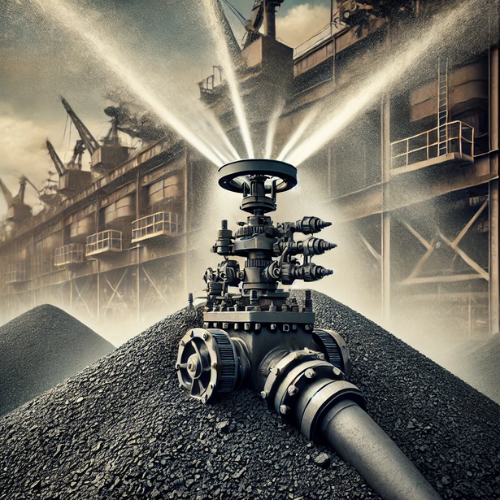The system uses high-pressure misting nozzles to spray fine water droplets over coal yards, effectively trapping dust particles and reducing airborne contaminants. It is automated and can be configured to activate based on real-time dust levels.
Yes, the system is fully customizable. The spray nozzles and coverage area can be tailored to meet the specific requirements of your coal yard.
Absolutely. The components are made from corrosion-resistant materials, ensuring durability in harsh weather conditions and exposure to coal dust.
The system is designed with water-saving technology to minimize consumption while maximizing dust suppression efficiency. Exact water usage depends on the configuration and size of the area covered.
The system requires minimal maintenance due to its robust construction. Regular checks and occasional nozzle cleaning are recommended to ensure optimal performance.
The TruMist Water Sprinkler System comes with a PLC-based automated control system that allows for remote monitoring and operation.
Yes, it is compatible with most existing setups and can be integrated seamlessly with other systems in your coal yard.
Installation is straightforward and handled by our expert technicians. We provide end-to-end support to ensure a hassle-free setup.
Yes, it is designed to meet and exceed environmental and workplace safety standards, making it an eco-friendly solution.
We offer comprehensive customer support, including maintenance services, troubleshooting assistance, and system upgrades.





